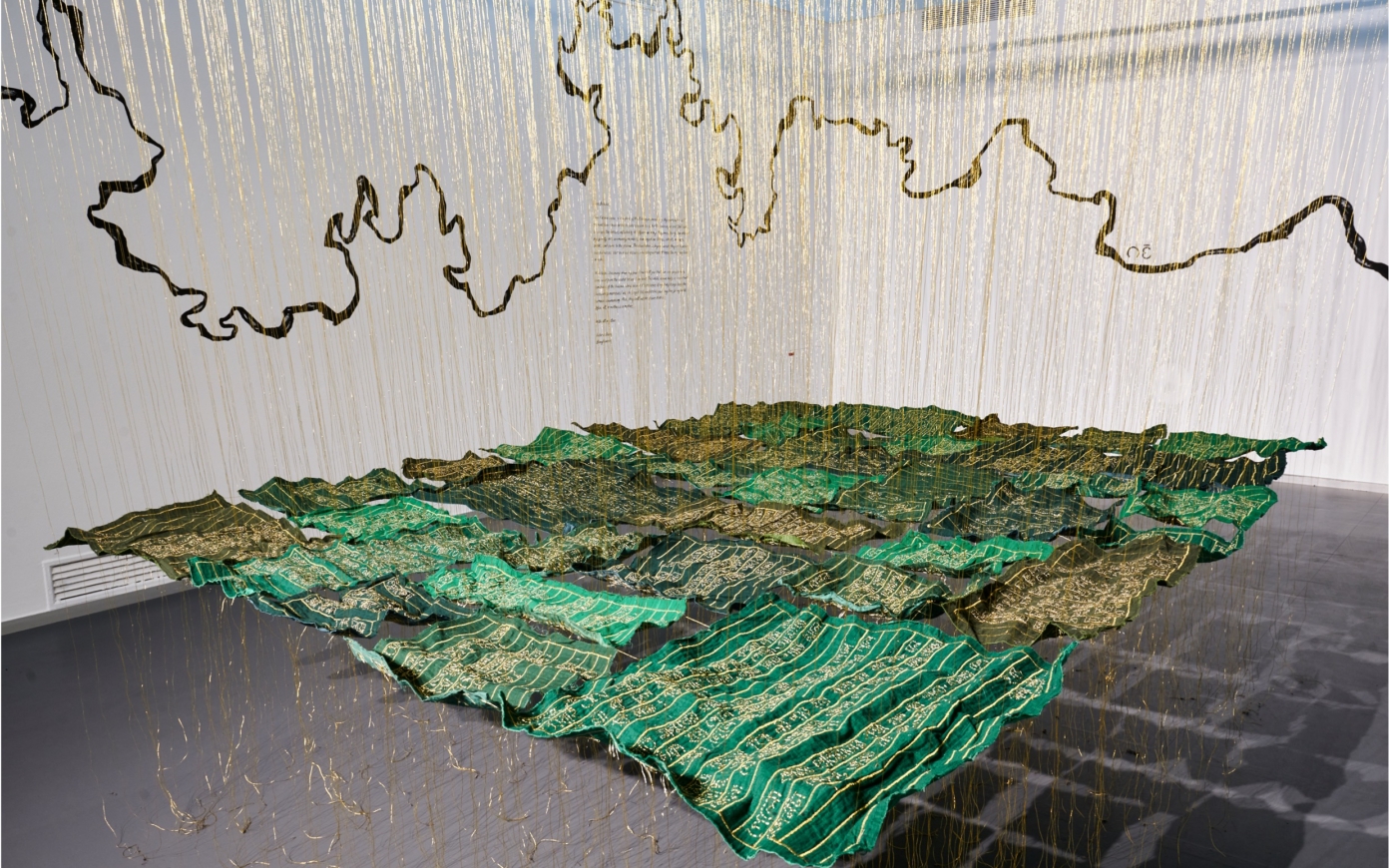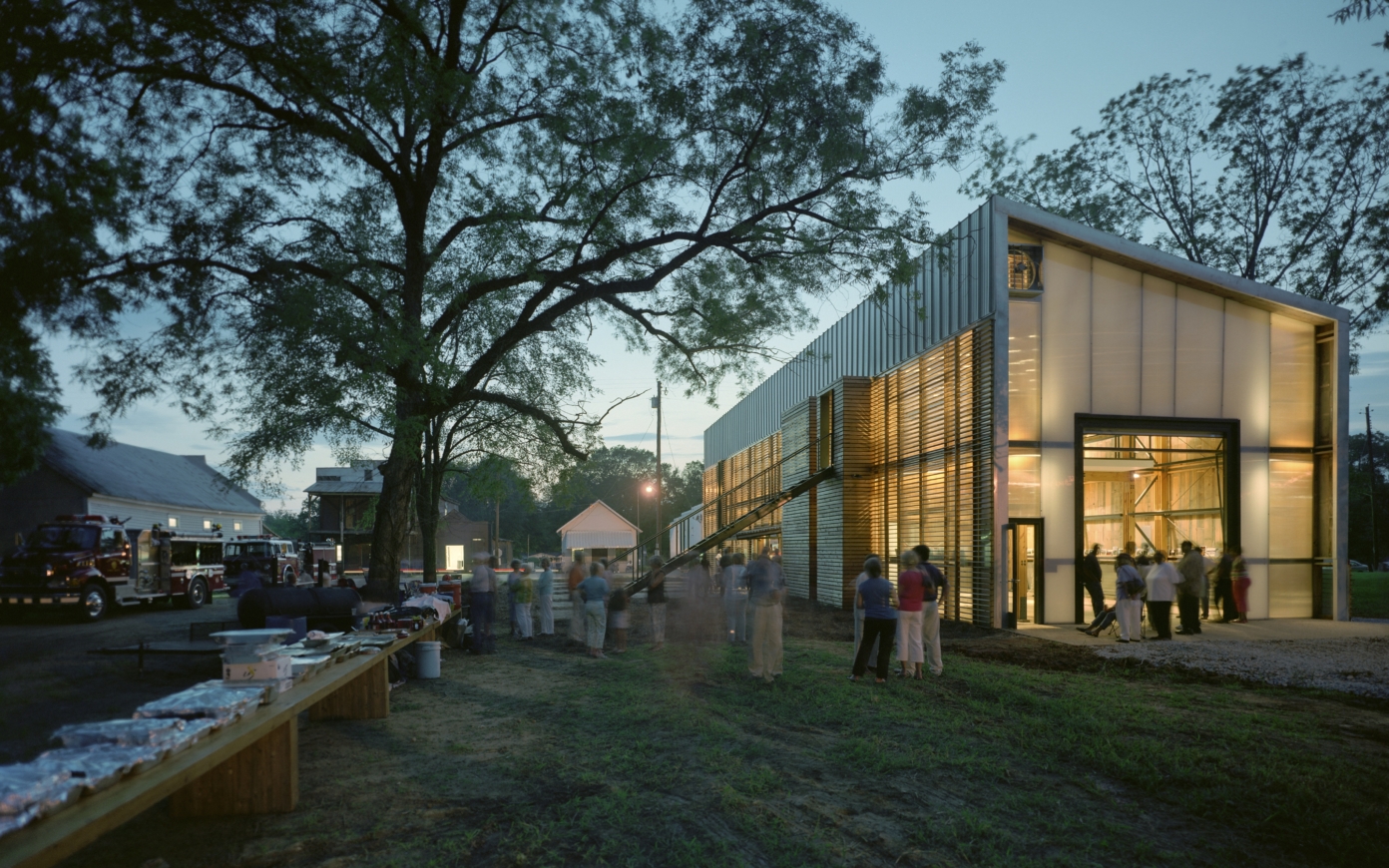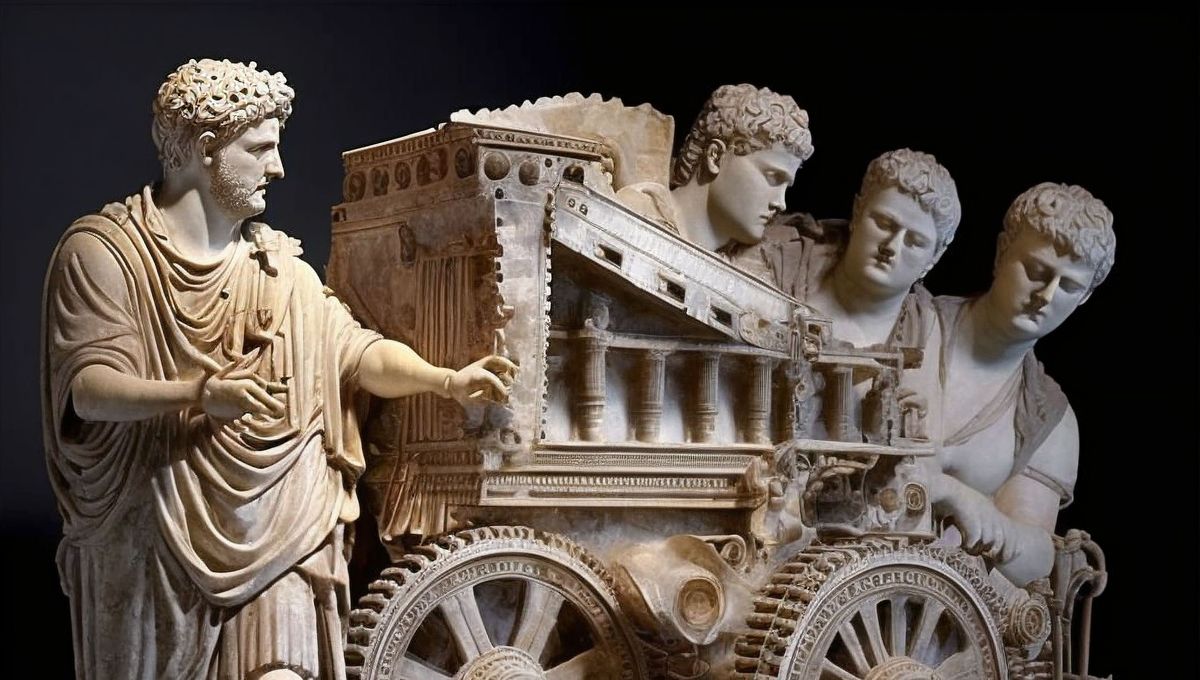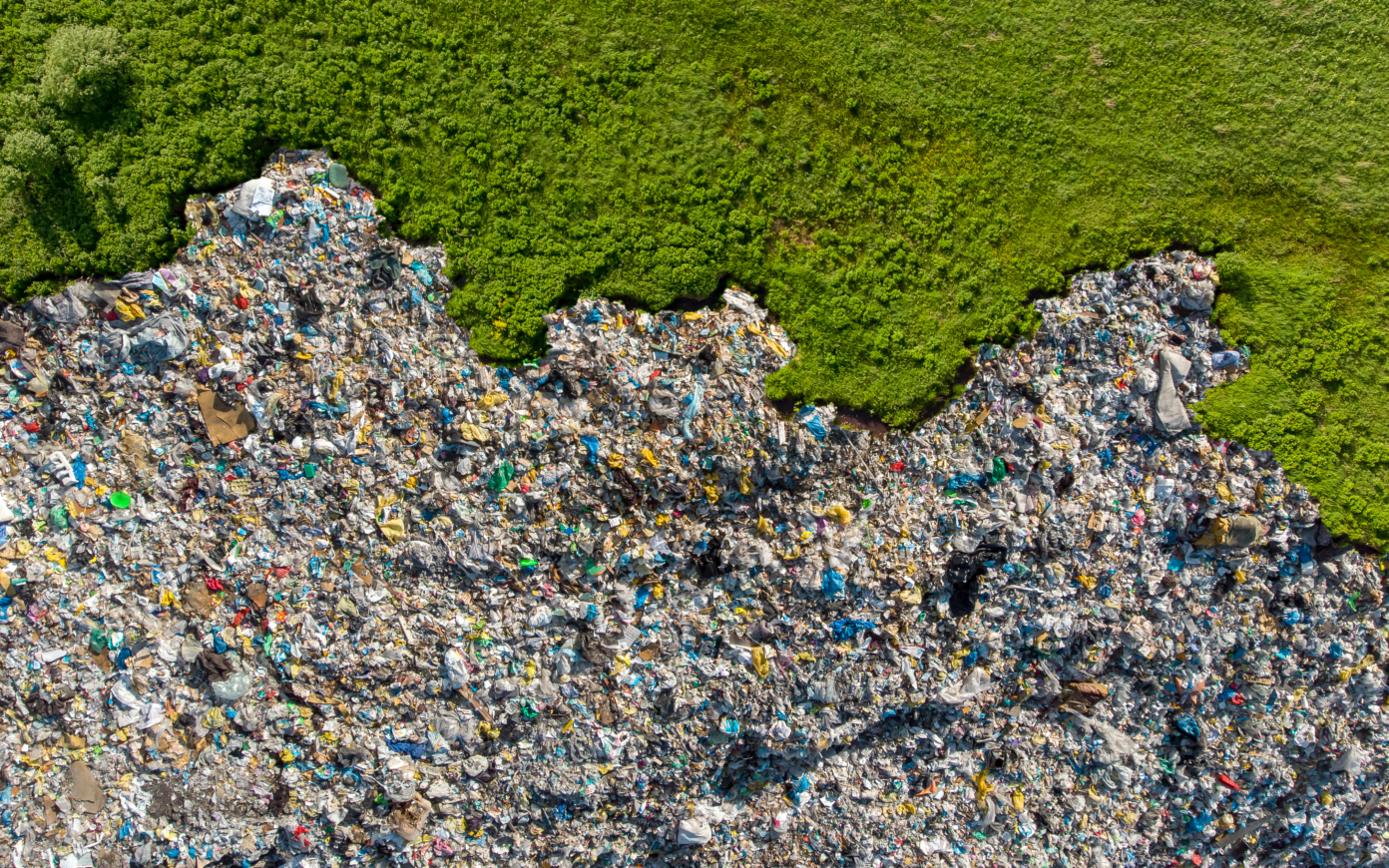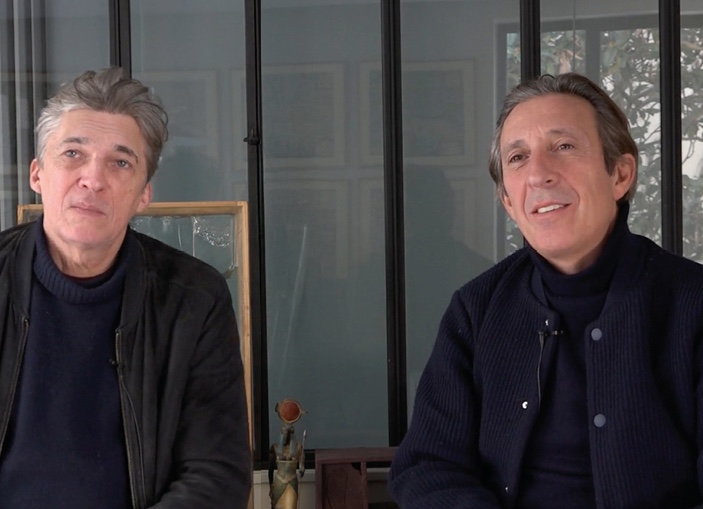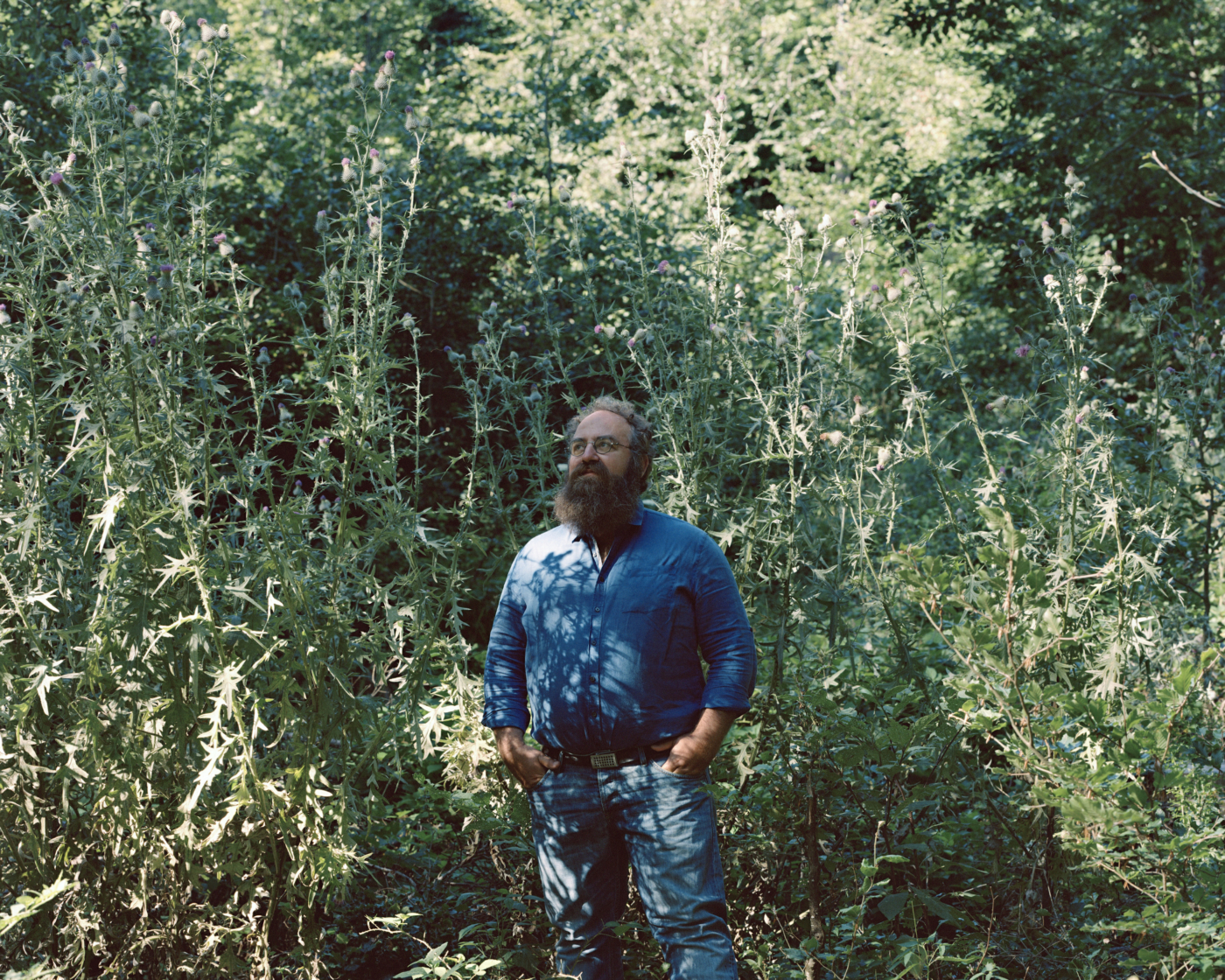The Age of Discontinuity

- Publish On 19 April 2017
- Jean Viard
The reason why the urban revolution is so acute, quick and sudden, is because it is driven by a compelling force: the spectacular increase in the world population. By the mid-twenty-firstt century, the number of human beings will have tripled. We are currently facing the formidable challenge of having to house all these people to come. This brutal shift also entails new ways of experiencing time on our human scale. The sociologist Jean Viard describes the link between accelerated global urbanization and the demographic revolution that people are experiencing now that humans have begun to live complete and discontinuous lives, before delving into the issue of time as well as the importance of collaborative approaches in improving our quality of life.
Jean Viard is a sociologist and economist. Associate director of research at the CNRS and Cevipof, he is also the director of the Éditions de l’Aube publishing company.
Lucy goes to Ikea
Do you subscribe to the now fairly common view that we are experiencing a period of profound change ?
Yes, and I believe the most striking thing about this time is the reunification of humanity on a now bounded territory. In my last book, La France dans le monde qui vient (France in the World Ahead), I jokingly say that “Lucy has arrived at Ikea.” This reunification is final. If humanity still exists in a thousand years, it will still be united, even if that is only by the issues of climate change and the scarcity of natural resources. However, since Lucy we have all developed our ways of life without knowing that others existed. Then, over the last five hundred years, we have conquered anew what humans have already conquered, but with extreme violence between different human groups. The Holocaust is the ultimate and final example of this second type of conquest where humans destroy other humans. Since that time, we have been living together with the exception of a few border wars or wars of religion that are sometimes terrible but mostly with local or regional stakes. We live together and we know it, we visit one another, we share our customs. Now we are living together in a known and enclosed space, the issue becomes to know how we should live together now that we have reunited. How can we protect our diversities which are a treasure accumulated after thousands of years of conquest within this gigantic trend towards unity? How can we be both “us” and together?
We could talk about the Third moment of humanity, going from conquest to colonization to cohabitation. First came the expansion of mankind throughout the world; then came the conquest by the expansionist civilization of the West; now there is the co-adventure of humanity on a known and enclosed space and in a shared ecosystem. This third moment is probably final, which is why there are very profound anxieties about this moment of the world with no outside nor possibility of spatial expansion, all the more because we do not have any story or projects for it, and, above all, we do not have a political model to manage it.
Complete lives
Another aspect of your work which seemed essential to us given these major shifts is the relationship to time and the increase in life expectancy…
That is the consequence of what I have just said. Given that, in a sense, we now share a common planet and that the spatial dimension has been conquered, creative energies and the desire to conquer have shifted their focus towards time. In traditional societies, time had been left to priests and philosophers. But it is now becoming a political issue for us, a value, something addressed by public and private action. Yet, there still aren’t any true politics of time or duration, speed, multi-tasking, time saving. And I am not only talking about free time, which is significantly increasing in our societies (in Europe, eighty-eight percent of our collective time isn’t occupied by labor anymore), but also of speed, of the increase of the number of things we can do at one time—what François Ascher called the “multi-text society.” We have added a generation to our families in the course of one century without even really noticing. We have entered, with gigantic inequalities, in what Jean Fourastié has called a “civilization of complete lives”—a society where living a complete life, with all its stages, is a legitimate demand, when, up until now it had been something exceedingly rare, and sometimes the result of a deliberate choice. The fact that many women would die in childbirth or that men would die at war seemed natural: to grow old was a rare privilege, requiring sacrifices such as forsaking the starting a family or taking holy orders for instance.
But the complete life has become a blueprint for society as well as an infinitely individual project for each of us. This is a fundamental shift as it raises the question of the meaning of all this “extra” time? And who is financing it? (Almost) everyone will now go through all the ages of life. We prepare for that. At the age of twenty, we are already thinking about retirement—something which was absurd some time ago, and still is in some parts of the world! It is because we are increasingly living “complete lives” that there is going to be nine billion people on earth. If everyone were to live as long as Westerners, we would probably be twelve billion. Time is therefore becoming an essential political battle. There is a shift from knowing how to conquer the space which has supported humanity to knowing how to conquer time. We have also nearly achieved instant planetary time—distance is no longer an obstacle for communication and more than four billion people are connected to the Internet or a mobile phone. We cannot go much further with time, unless we discover a new way of connecting to the past or the future. We are living in a common planetary time frame, experiencing the same emotions at the same time, with the same knowledge which can be shared and the same fears. Little by little, our societies are reshaping to favor long lives—at first, this will benefit a select few and then a struggle for the democratization of long lives will become essential. Each of us has to bear our existential angst as a result.
I find this duality of a reunified humanity and the individual living in an ever-lengthening and accelerating time absolutely fundamental. It leads me to think that the three most characteristic words of our times are “individual,” “mobility,” and “freedom.” Yet all our political systems have been built around the idea of spatial conquest, of territories and borders, at the very moment where we are, in Edgar Morin’s terms, going from conquest to dwelling and from space to time. Our entire political culture must be remodeled.
The counterpoint to this is that individuals have asserted themselves, because in a way, we need our groups less in order to “be”, to survive.This will only become more acute as our lives will unfold in shorter and shorter sequences as life expectancy increases! Indeed, although one needs to be part of a group to participate in any form of conquest, once the territory is settled, much more autonomy can be afforded to its participants, and this is what is happening in our societies. Moreover, it seems to me that the longer life is, the more we experience it discontinuously. This paradox is also fundamental: discontinuity becomes a model, life seems long enough to enable us to take chances again, at both a personal and a professional level. In short, the longer life is, the more it creates environmental issues and the more it is experienced in a discontinuous and accelerated way.
The reason for this is that private life is now providing much more structure that social life. In Europe, the average time dedicated to work is twelve percent. That means that eighty-eight percent of our time is used for building relationships outside the scope of the world of production—friendships, romance, activism, sports, or religion. Also, social classes have less ranking power than religion of origin, social mores, or the activities which lead us to being affiliated to groups. As a result, private life dominates social life, which leads us to the major issue of a political crisis given that politics cannot be conducted by way of private lives. The validity of our political model which opposes those who believe in class divisions and those who believe more in the notion of borders—which roughly defines the left and the right in politics—has lapsed. The activities of private life reach into the public sphere, but they do not provide any structure to it.
At the same time, the longer life is, the more we can try over and over again and resume what we thought we had failed at. Wanting to live another “experience,” somewhere else, with other people. The individual thus takes priority over the collective as working time becomes secondary to our many forms of free time and class cultures become weaker. That is how personal identities, habitus, origins, etc., take a central position within social facts and the organization of our affiliations. Once again, our political culture, which developed during the period of the industrial revolution, emerges weakened and in a number of developed societies this can lead to the decoupling between increasing levels of both individual happiness and a collective feeling of woe.
Yet digital technologies have made it possible for us to create a technical link in this discontinuous society. The cell phone, which has replaced the telephone box around the corner, is of course an excellent example of this. Digital technologies made it possible to develop collaborative approaches which lead us to shift the issue of how to live better to that of doing more things without having to earn more. I am thinking of things such as car sharing and other applications which require a minute economic investment. The Internet makes this possible by providing an infrastructure to collaborative approaches—these are linked to a desire to share, but also to a desire to live better without earning more. This is a clear change as our societies have long been absorbed in the issues of salary increases, especially in France, as Germany has been more concerned with quality of life.
Urban and rural
We now know that this mass model also poses a serious threat in terms of sustainable development. The model of American cities for instance, with their sprawl and private housing estates, is now considered to be an absolute anti-model.
Yes and no. I think that the major challenge of the next fifty or a hundred years will primarily be to increase the density of peri-urban zones. We need to enshrine the conservation of farmland and urban heritage and, at the same time, to increase the density of the urban periphery—both those dedicated to retail and to housing. Everywhere, the challenge is to blend together the social link of urban life to the link with nature, plant life, growing. Humans are urban and rural, and modern society is democratizing this duality which was formerly the preserve of the elite. We have used an enormous amount of space over the past fifty years, especially in France, by all too often treating agricultural land as an available space for urbanization into low-density industrial, commercial, and residential zones. The challenge is therefore now to invent some “city-ness” within this peri-urban space. The decline of the dominant fossil ideology and the new yearning for nature compels us to protect farmland and heritage spaces. We shall therefore enshrine the protection of memory, beauty, but also of biological life and build the city on peri-urban spaces. It is complicated and there isn’t a single model on the planet.
In Europe, we are facing the danger of turning our cities into museums yet at the same time, that will be our asset in the urban world of the twenty-second century. What weight will they carry in five hundred years compared to new cities, which will have become the dominant model? Our city centers have undergone profound change and have now become gigantic museums in a model where energy and innovation are pushed outside of the city, and the boosters of modernity are shifted inwards, toward the historical center.
For housing, you could say that we have democratized Versailles: the way of life of the average French worker, who lives in a house with a garden in the suburbs, is Versailles. This worker has access to air, water, leisure, animals, entertainment, intimacy—in a nutshell, he has exactly what the work of three thousand people could afford the King! We have democratized the way of life of social elites the world over, which is almost always both urban and rural. For better or for worse, we have made a mass model out of it.
If we delve into the question of the impact on time and space, it becomes apparent that we cannot dissociate space from the use we make of it anymore, and that, to understand the change in uses—the way we work, dwell, or enjoy ourselves—it would be more appropriate to talk about “spatialities” or “polytopical spaces,” following the lead of Michel Lussault.
Let us say that we have multiple affiliations and at the same time we are fully “poly-spatialized” given that we do not lose our connection to places we have passed through—even if we don’t necessarily live where we grew up, we can still go back there. We have places of origin, primary places, and secondary places. Through the course of our lives, we have a spatial strategy and trajectory which is marked by a series of often contradictory movements.
There is, however, a genuine risk of spatial segmentation: is the city only the place where wealth is generated and elites are reproduced through education and romantic pairing while peri-urban spaces are dedicated to the human reproduction of the working classes? The gentrified historical city core is increasingly faced with ethnic districts with immigrant labor in charge of the maintenance of the city and peri-urban spaces inhabited by manual workers and productive working classes. Will the major touristic regions become havens for retirement? Are we shifting towards these types of segmentation? Where do we work? Where do we create wealth? We are observing a very acute segmentation process. Many of these spatial phenomena have eluded us somewhat—the issue is now to know how to conceive of this segmented whole as a territory and a (political) city. Cities tend to appear to me like huge clouds. Paris, for instance, is a a one-hundred-square-kilometer cloud, in which we can find these new segmentations taking place. It is now obvious that we haven’t conceived of this spatiality which can be conducive to the formation of ghettos. It seems to me that there is a lack of reflection on the spatiality of the new society of leisure time and we don’t know whether we will be able to rebuild some commonality by means of the processes which are underway.
The common
In spatial terms, this raises the question of public space and whether it has a structural function or not.
The problem is that people have integrated the public space of the 1970s into their private homes. These houses have reproduced the structure of public space of the postwar years—with cinemas, public gardens, etc.—by integrating it into a private sphere open to a small, selective tribe. This is what I call “BBQ civilization.” This has been made possible by the changing of traditional family patterns and the fact that homes have become a more open place where people come and go in a permanent face-to-face with TV and the Internet. As a result, public space in its conventional sense is becoming empty. People don’t want to use a sports field any more—when they go running, they do so in places which weren’t created for that purpose. This implies that we should reconsider this public infrastructure which has lost part of its functionality. Sixty to seventy percent of French people have recreated small versions of the collective space which had been offered to them, either thanks to a home with a garden or thanks to a secondary family residence. There are also those who are excluded from it, and who, as a result, have an empty collective space to contemplate, with only very few activities.
The public space resurfaces thanks to tourists, travelers, and other individuals coming from outside, because they don’t have any “inside” to fall back on. It can also resurface thanks to events which revitalize a place on an exceptional basis—the Nuit blanche (an all-night arts festival), Paris Plages (a beach recreated every summer on the quays of the Seine)—or even due to an accident or an unexpected development. This temporality of the exceptional is matched with “unique places,” architectural gestures, meeting points. The issue is finding how to recreate some commonality in this context, beyond the exceptional. Indeed, we need the common, which I believe to be presently structured in random phenomena, events which will structure time and space. This is something large urban spaces are starting to take hold of, with the first stages of a temporary and event-based urban reality, with events such as Paris Plages, which are enjoying an almost inexplicable success. Now random in a mobile and discontinuous society, these moments cannot really build any commonality unless they are woven into a narrative; a direction; a horizon. If we do not do that, as is too often the case at the moment, we are only building incidental memories.
Our recent observations have led us to think that we cannot only conceive of urban reality and its complexity just as architects or sociologists, but that it should be addressed in a cross-disciplinary way. There is a certain level of urgency to conceive of the Earth as a system—almost like a metabolism. In his Introduction à la pensée complexe (Introduction to Complex Thought), Edgar Morin defends the idea that we must now go beyond modernity and have a much more systemic approach.
Globalization has been initiated by monist societies, by the part of the planet that conceived the idea of the single God—a conquering idea which had to be imposed on others. This structure of conquest—which flowed from religion to politics—doesn’t exist in China or in Sub-Saharan Africa. We initiated globalization with this idea in mind. When the conquest was over, this structure lost its function and we now find ourselves in disarray. The Chinese, to mention only them, don’t experience this disarray—the idea of conquest in itself is foreign to them and for a long time the idea of living out of China seemed unthinkable. Given these different models and their influence, I tend to preach in favor of a Euro-Mediterranean union, because we are in the part of the world which invented monotheism and we have common aesthetics. Globalization causes contradictory aesthetics of life to collide, and ours—based on a will to conquer which is increasingly devoid of meaning—is the one facing extinction.
There is now an awareness of environmental impacts which didn’t exist previously.
Environmentalism is the first political thought system to take time into account in the sense that it forces us to ask ourselves how future generations will live—a question that Louis XVI or Napoleon didn’t really ask themselves. The central focus is on time more than space, whereas politics has always been founded on space and territory rather than time. Environmentalism is hypermodern in that sense. Furthermore, environmentalists have understood the principle of the circular economy: although it is false to think Humanity will not make any further discoveries, the question is whether we shall find enough in relation to our numbers, nine billion individuals. Therefore the reuse of resources has become a core value. From that point of view, they are pushing things forward and that is crucial.
DIY cultivation
To come back to the idea of aesthetics of life, it seems that biological life is becoming a metaphor which is increasingly used to conceive of urban reality and cities.
Yes, DIY cultivation for instance is regaining much importance. The relationship between mankind and nature is at stake because it is changing profoundly: the idea that mankind can instrumentalize nature is obsolete. Mankind is re-entering nature and people are starting to think of themselves as animals again, as members of the commonwealth of nature. The industrial revolution has been supported by an ideology of fossil resources: the idea that we have a reserve to be exploited and that this unlimited reserve is the basis of power. We are moving away from this vision—of course, fossil energy is still present, but not without limits and we now know its consumption causes climate change. I don’t know if that means that we won’t have any fossil energy left—as we mustn’t confuse the injunctions of ideologies and scientific data—but what is certain is that cultivation, like the circular economy, is a dialogue with nature, a way of thinking and acting which open things up to tomorrow’s world. The fossil ideology has pushed us apart from living nature. We are coming back to it, notably on account of global warming to which we have undoubtedly contributed. There is a longing to get closer to this nature which makes our lives possible, provides us with our clothes, with biomass, and the like. DIY cultivation has become central again, including in urban spaces and in private gardens. Asking ourselves why so many people want to have their own vegetable garden would lead to many insights. Why do we have gardens? We want to see a tree grow. In the city, we want more than green spaces, we want living plants, bushy things, fruit trees which mark the passing of the seasons. The city, which has no temporality, needs nature, which symbolizes the passage of time. Nature is massively re-entering the city. There is not only urban agriculture but also the introduction of biological life in urban spaces—in public gardens, in parks, or on roundabouts. Re-greening the cities has become a real contemporary issue. In a way, it is the time scale of biological life which is reoccupying space.
(This article was published in Stream 03 in 2014.)

